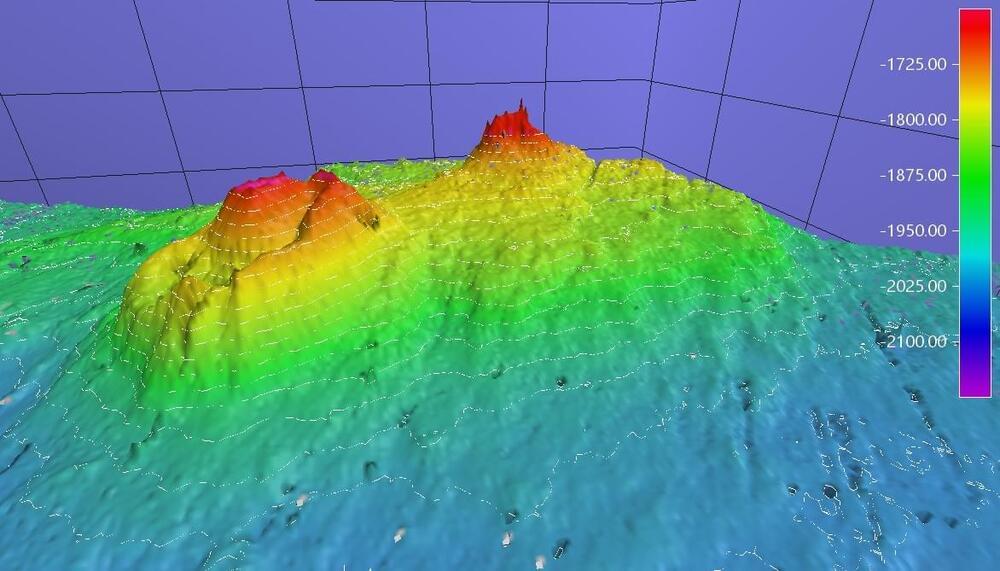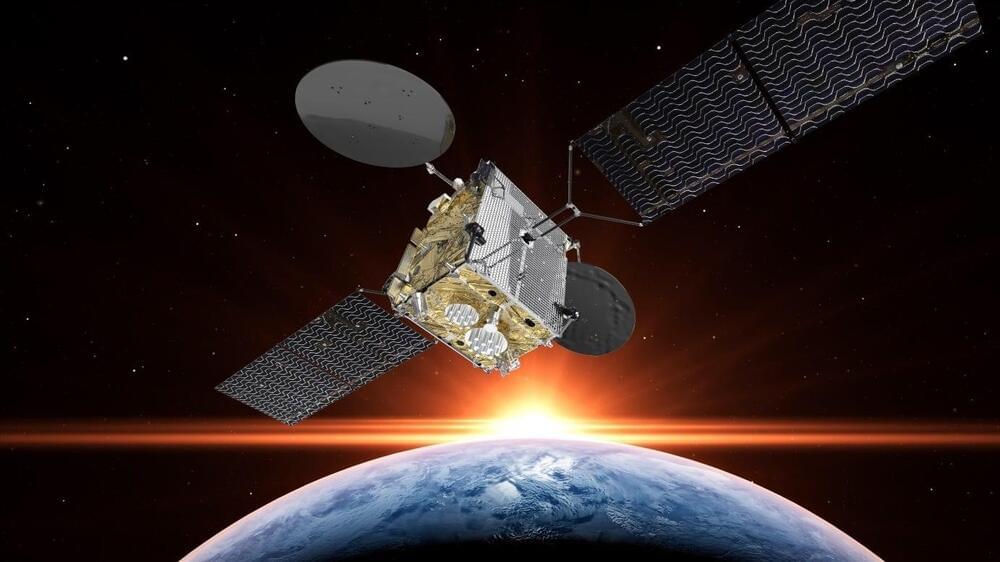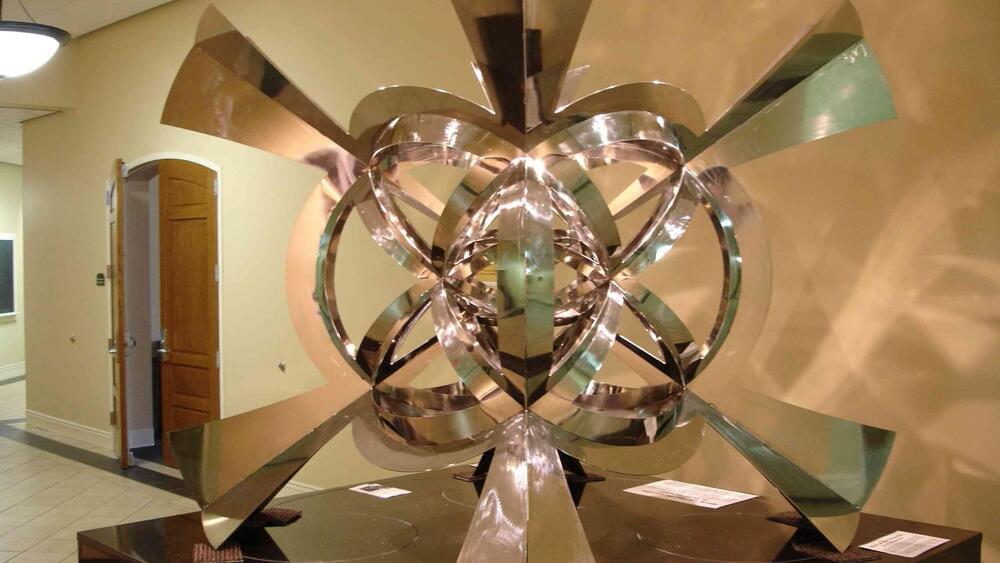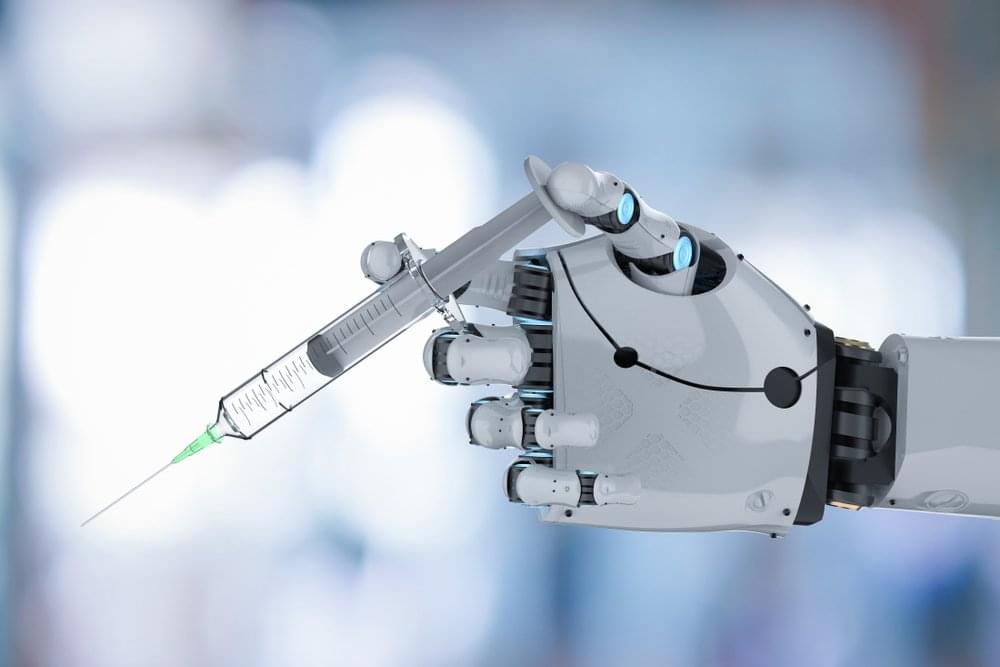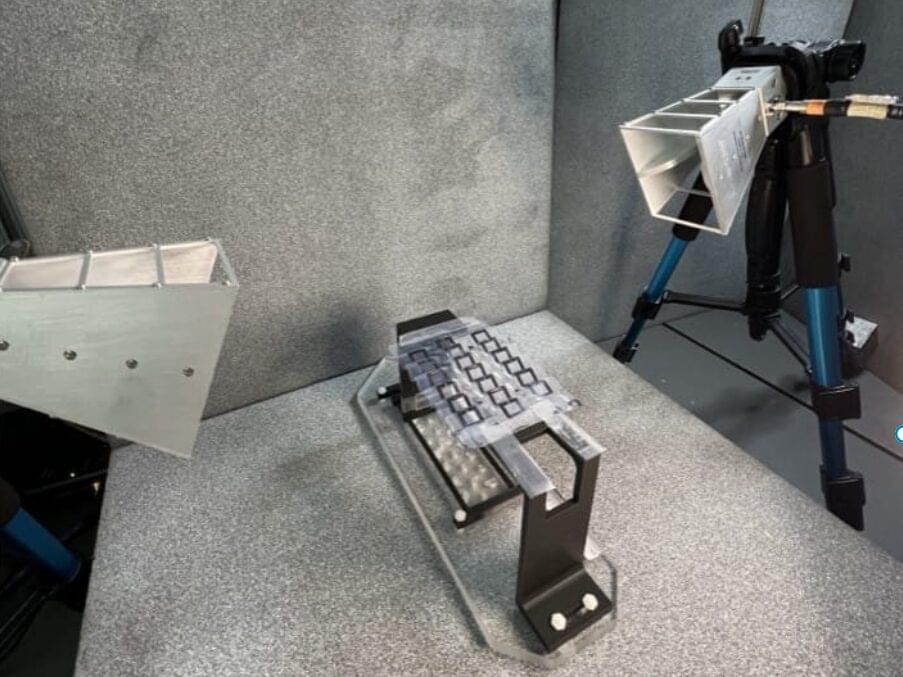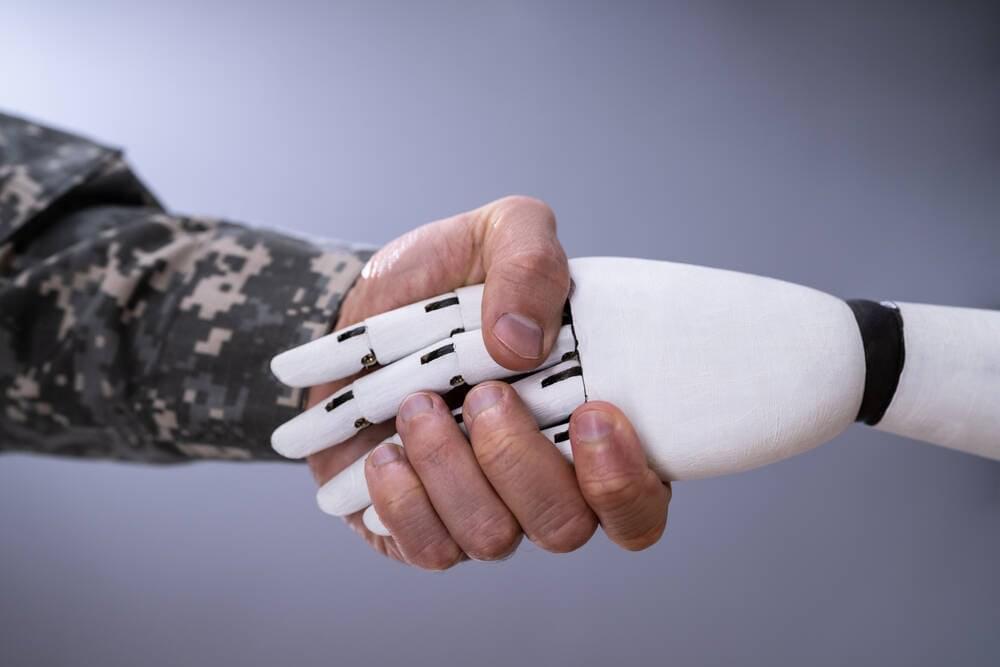Page 443
Nov 8, 2024
Scientists discover volcano-like structure in Arctic Ocean off Alaska
Posted by Genevieve Klien in category: futurism
The structure, too deep to pose a hazard to vessels, was found as scientists were gathering data to better map an Arctic shipping route.
Nov 8, 2024
Consciousness Might Hide in Our Brain’s Electric Fields
Posted by Genevieve Klien in category: neuroscience
A mysterious electromagnetic mechanism may be more important than the firing of neurons in our brains to explain our awareness.
By Tamlyn Hunt
The neuron, the specialized cell type that makes up much of our brains, is at the center of today’s neuroscience. Neuroscientists explain perception, memory, cognition and even consciousness itself as products of billions of these tiny neurons busily firing their tiny “spikes” of voltage inside our brain.
Nov 8, 2024
SpaceX aims for Sunday-Monday-Tuesday rocket launch tripleheader from Cape Canaveral
Posted by Genevieve Klien in category: space
(This story has been updated with the latest launch information.)
Three SpaceX Falcon 9 rocket launch windows are scheduled to open back-to-back-to-back on Sunday, Monday and Tuesday from Florida’s Space Coast, a Federal Aviation Administration operations plan advisory indicates.
SpaceX has yet to officially announce this trio of missions — which would become the unparalleled 77th, 78th and 79th orbital rocket launches during a single calendar year from Cape Canaveral Space Force Station and NASA’s Kennedy Space Center.
Nov 8, 2024
This is the first object in 4 dimensions, printed: It’s beyond our capacity for comprehension
Posted by Genevieve Klien in category: futurism
The first object in 4 dimensions has been printed, and its beyond our capacity of comprehension: You won’t believe how it looks like.
Nov 8, 2024
Tennr Raises $37 Million In Series B Round To Hack Healthcare
Posted by in categories: biotech/medical, cybercrime/malcode, robotics/AI
Healthcare start-up Tennr reports a $37 million Series B fundraising round – nine months after raising an $18 million Series A funding round. The young company plans to use machine learning in order to improve patient record keeping, prevent medical error and reduce waiting times for patients. The Series B round was led by Lightspeed Ventures, together with existing investors Andreessen Horowitz and Foundation Capital, and raises the total amount of money raised by the company to $61 million.
Several US healthcare providers have already begun working with the firm, both private doctors’ practices and major clinics and hospitals. These providers receive referrals from primary care providers in different formats to register patients and document their case history. Since providers often compete with each other for patients, there is no standard format used in the industry nationwide, with many companies relying on handwritten documents, messages from private email accounts, and some even using such outdated technology as fax machines. This causes significant delays in the provision of treatment, and increases the likelihood that patients will be misdiagnosed, referred to the wrong clinic or denied access to a specialist whose expertise they require.
Tennr has made it its mission to solve these problems by automating this process: it extracts the relevant information from referrals, no matter what form they’re received in or what technology was used to generate the documents, which not only enables more rapid response times but also creates an unprecedented level of standardization in the medical field, nationally and in the future perhaps globally as well. The company has already processed tens of millions of referrals for patients in the USA, ensuring an appointment with a specialist in a few hours, instead of having to wait several weeks and at times months.
Nov 8, 2024
Asteroid-sample Return Mission Enables Researchers to Conduct Largest Geophysical Observation Campaign of its kind
Posted by Natalie Chan in category: space
 The OSIRIS-REx project made history last year as the first U.S. mission to bring back an asteroid sample from space—and with it came a treasure trove of data. An international collaboration, led by Sandia National Laboratories and including researchers at Los Alamos National Laboratory, has published a study in The Planetary Science Journal that reveals the preliminary findings from the capsule’s reentry.
The OSIRIS-REx project made history last year as the first U.S. mission to bring back an asteroid sample from space—and with it came a treasure trove of data. An international collaboration, led by Sandia National Laboratories and including researchers at Los Alamos National Laboratory, has published a study in The Planetary Science Journal that reveals the preliminary findings from the capsule’s reentry.
The return of the OSIRIS-REx capsule was the largest geophysical observation campaign of its kind. “This project was a unique opportunity for us to observe the geophysical signals produced by a meter-sized object traveling at hypersonic speeds,” said Chris Carr, the lead author at Los Alamos National Lab. “There are few chances for scientists to be prepared to collect this type of data that we need to propel scientific inquiry for years to come.”
The campaign involved over 400 sensors, many of which were stationed near Eureka, Nevada along the “loneliest road in America.” Given the size of the project, there were many objectives among the more than 80 collaborators. One team of Los Alamos scientists focused on distributed acoustic sensing (DAS), and the paper as a whole encompasses many methods to obtain data during the capsule’s return.
Nov 8, 2024
Ancient 3D Paper Art, Kirigami, could Reshape Modern Wireless Technology
Posted by Natalie Chan in categories: futurism, materials
The future of wireless technology—from charging devices to boosting communication signals—relies on the antennas that transmit electromagnetic waves becoming increasingly versatile, durable and easy to manufacture. Researchers at Drexel University and the University of British Columbia believe kirigami, the ancient Japanese art of cutting and folding paper to create intricate three-dimensional designs, could provide a model for manufacturing the next generation of antennas.
Recently published in the journal Nature Communications, research from the Drexel-UBC team showed how kirigami—a variation of origami—can transform a single sheet of acetate coated with conductive MXene ink into a flexible 3D microwave antenna whose transmission frequency can be adjusted simply by pulling or squeezing to slightly shift its shape.
The proof of concept is significant, according to the researchers, because it represents a new way to quickly and cost-effectively manufacture an antenna by simply coating aqueous MXene ink onto a clear elastic polymer substrate material.
Nov 8, 2024
Claude enlists to help US defense, intelligence AI efforts
Posted by Omuterema Akhahenda in categories: military, robotics/AI
Bruce posted a really good post related to this.
An emotionally-manipulable AI in the hands of the Pentagon and CIA? This’ll surely end well.
Nov 8, 2024
Fish oil supplements may protect against cancer
Posted by Omuterema Akhahenda in categories: biotech/medical, food, neuroscience
In addition to lowering your cholesterol, keeping your brain healthy and improving mental health, new research from the University of Georgia suggests omega-3 and omega-6 fatty acids may help ward off a variety of cancers.
The study relied on data from more than 250,000 people and found that higher…
But most Americans probably aren’t eating enough of these foods to reach the recommended amounts.
Continue reading “Fish oil supplements may protect against cancer” »

